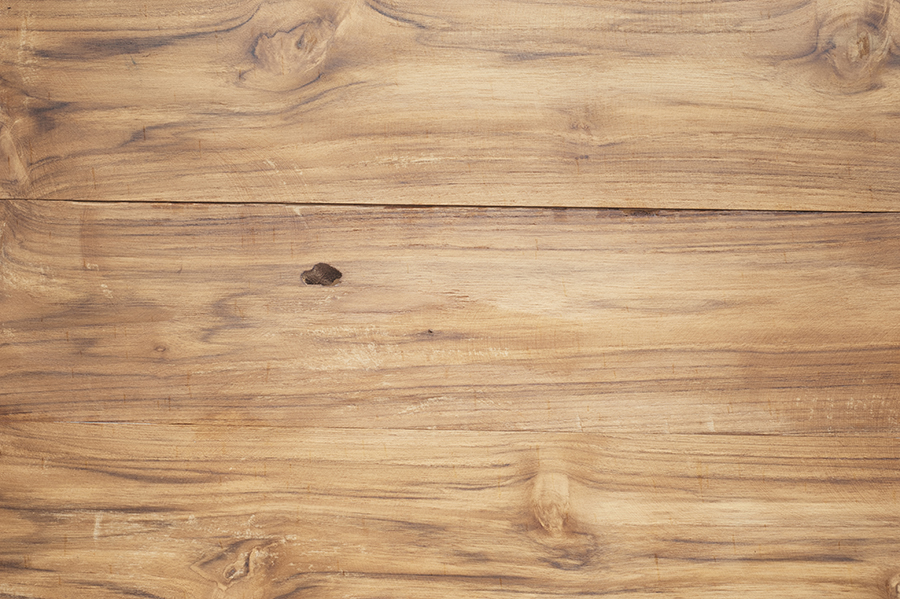After reading this article, I went to Mr Dixon’s website and saw all of his works. Some of the furnitures can be adjust and customized by users themselves. This is particularly useful for user can utilize only one object throughout different occasions and times. I think this not only saved costumer’s money, but also prevent object from throwing to the dumpster. Mr Dixon’s projects are very relatable to my work. My purposed for this clothes project is not only bring more value to an object, but also elongate the using time of object. Mr Dixon’s projects inspired me to explore more possibility about my design, maybe adding more functions and do more research on the materials. For example: I will practice the changes by adding some zippers so this t-shirt can became a bag after using it as a shirt. Certainly Mr Dixon works had changed how I think about mass produced designs. We often thought about mass produced designs as the origin of global warming, but if we changed the design a little bit, maybe the mass produced product can be used longer. Mass production can also become a way to educate people about sustainability.
How has an acknowledgment of material limits been incorporated into your final project?
How are you intentionally choosing materials?
I will choose designs that’s durable. This t-shirt had to endure many incidences like liquids, paints and stretching. Also, this material had to be eco-friendly.
Where have they been sourced from?
There are three type of material that I will use in the design
- Bamboo( which I would most likely ordered from material lab) has a very silky texture, also liquid resilient and very durable. The source will be produce in Eastern Asia.
- Organic Cotton obtained from cotton that is grown from non-GMO seed can decrease waste and also can be grow from many places
- aluminum are used for zipper, since is Aluminum is amongst the most environmentally friendly metals on the planet. It’s a product of oxygen and silicon, which are really abundant on the earth.
How were they transported and created?
They all needed to undergo many process to produce them into the consistency that this product need.
What systems do they involve over 50 years?
Farming and textile industry will be involve, to produce the fabric, which can be detrimental and helpful at the same time. Some agriculture produce help the environment whereas some, don’t. Only times can tell.
In order to make aluminum, people will extract silicon, but we are not so sure about investment like this. What if we have silicon shortage in the future?
Which of systems might be vulnerable due to climate change over 50 years?
All of the manufacture systems will cause water problem in the future, but at the same time, many scientists had invented process to filter the water. But in general, there’s not much vulnerability shown in this design.
How do these materials interact with air, water, energy and climate systems?
Water pollution is a main issue for any manufacture industry, but I tried to produce something that make less impact on air, water, energy, and climate system.
Must include at least 20 systems.
REPAIR AND RESILIENCY STORY:
How will it be repaired and/or used in new ways over the next 50 years?
Since it’s fabric, it’s will be fixed through sewings and patching.



